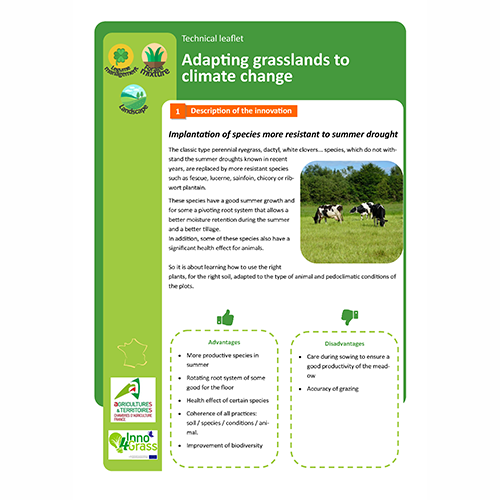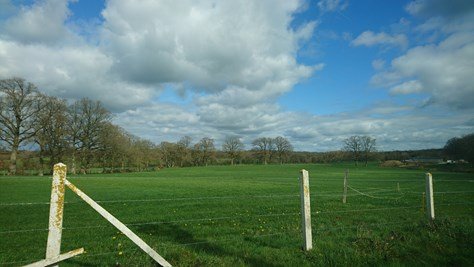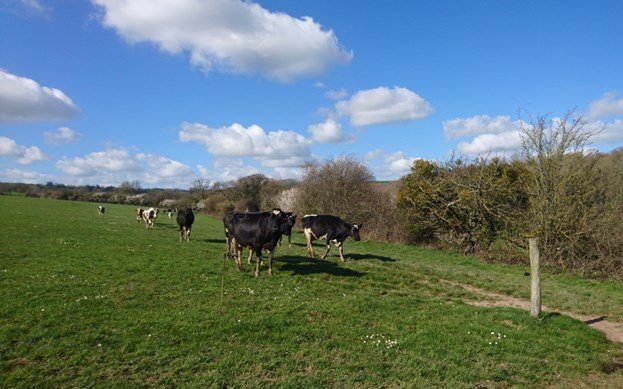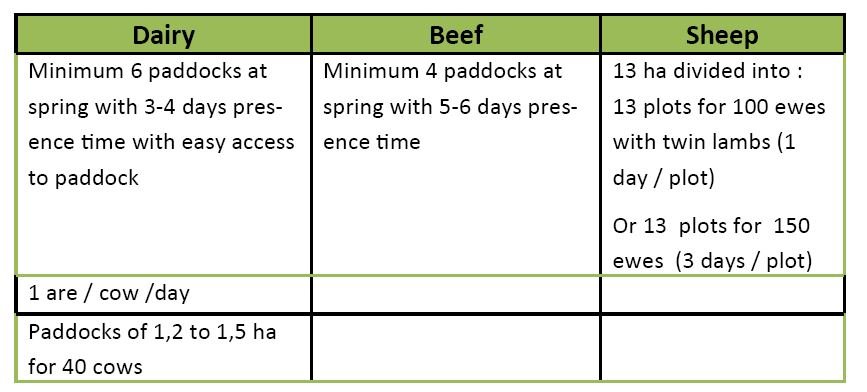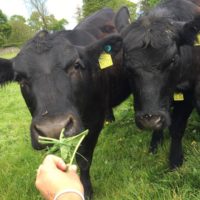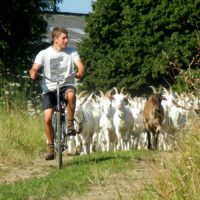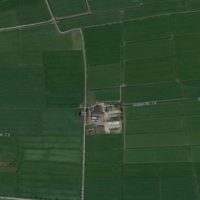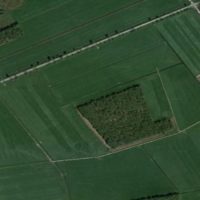Description
Description of the innovation
Grazed grass is the cheapest feed source on a farm and a high level of local resource, to reduce feed cost and improve animals performances.
Proper utilization requires letting animals graze at the right time, to right height, and having the right amount of stock area. Rotational system separates pastures in paddocks.
In practice: Rotational grazing systems permits surplus grass to be ensiled or mowed to make hay. Rotational system also enables farmers to achieve efficient pasture utilization depends of LU/ha.
- Aim 10-12cm grass height when entering for grazing
- The goal is to reach 4,5 to 6 cm when leaving with a presence time of 3 to 5 days /paddock
- Indeed the young grass is more energetic and better ingested than the older grass
- Association of Rye-Grass and legumes helps reduce fertilization and offers flexibility while waiting for re-growth (25 to 35 d in spring and 40 to 60 d in summer)
Advantages
- Uniformity of grazing
- Possible Adjustments in function of the grass stock (silage/grazing /hay making)
- Regular animal production
- Reduce parasite pressure
Disadvantages
- Important size of fences
- Management of water
- Access through pathways
- Risk in humid zones of paddock
Examples
E. Macé uses rotational grazing system in a sheep meat farm with 120 days of grazing and 75 days of grazing for the 2nd batch.
EARL Meslin uses 2 days/plot of 1ha for 45 cows to increase grass productivity, fencing with movable wires.
One possibility to improve the rotational grazing system is to measure with sward yield during grazing season to drive properly available stock.
More information
- Pâturage tournant. Chambre d’Agriculture du Grand Est, 2018
- Rotational grazing. Reference Module in Earth Systems and Environmental Sciences, 2016
